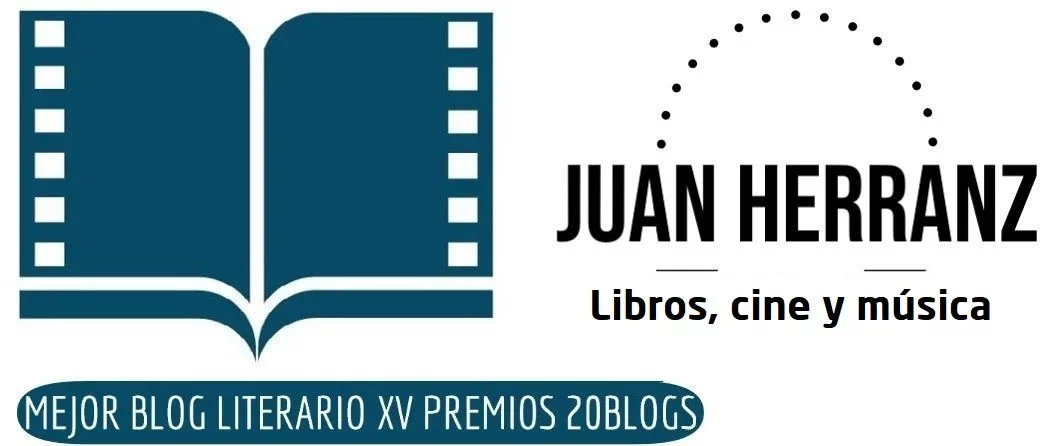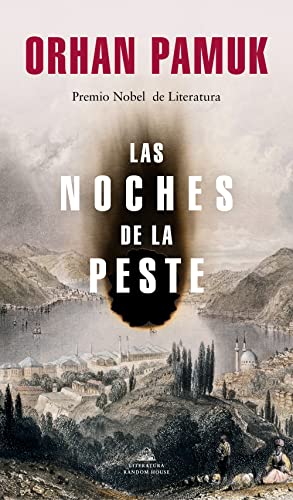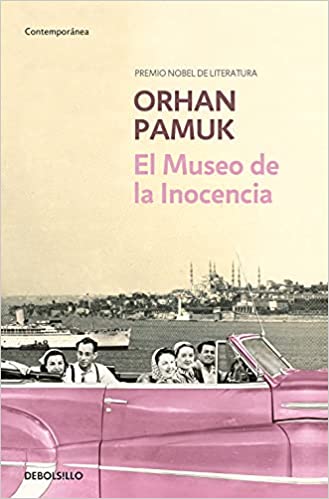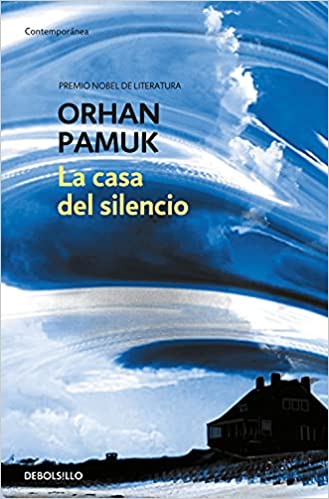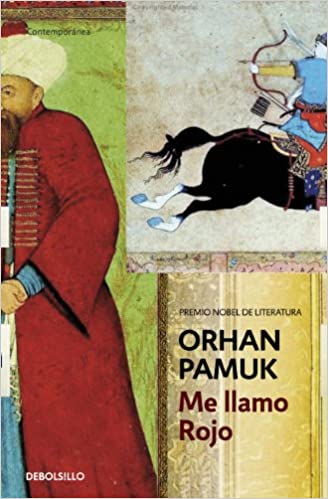Istanbul has a special virtue to summarize the best of the West and the East. One of the few cities that I know capable of keeping its spirit intact for the visitor's enjoyment but which in turn opens up to the new winds coming from that natural border between Europe and Asia.
It must be something of a character typical of the istanbulis, because Orhan Pamuk He acts as a writer with that same symbiotic capacity that ends up being absolutely beneficial for his literature. Stories that approach traditional Muslims with respect but with a certain critical aspect. Without a doubt, a very necessary author to propose this alliance of civilizations, if it is possible in a bitter world.
Be that as it may, when the dialogue does not finish working, perhaps the interior monologue to which a committed but critical literature like Orhan's can lead you, can help a lot. And that what of this author with the narrative can be branded as casual, of commitment above the vocational, as he himself has recognized. It's kind of like wanting to be a writer to tell your perspective on the world. And that is not the same as writing because something compels you to do it from within ...
top 3 recommended novels by Orhan Pamuk
the nights of the plague
Every self-respecting writer has probed the possibilities of what were once epidemics and now, through the global world, are always pandemics. Because of those ordeals of remote times between local infections, what this type of viral bursts that threaten to take us ahead is analyzed today. From the smallest, the island of Minguer to an entire planet turned into that small point where everything is concentrated for better or for worse...
April 1901. A ship heads for the island of Minguer, the pearl of the eastern Mediterranean. On board are Princess Pakize Sultan, niece of Sultan Abdülhamit II, and her recent husband, Dr. Nuri, but also a mysterious passenger traveling incognito: the famous chief health inspector of the Ottoman Empire, in charge of confirming the rumors of plague that have reached the continent. In the bustling streets of the port capital, no one can imagine the threat, nor the revolution that is about to take shape.
From our days, a historian invites us to look at the most disturbing months that changed the historical course of this Ottoman island, marked by the fragile balance between Christians and Muslims, in a story that combines history, literature and legend.
In this new Nobel work, destined to become one of the great classics on plagues, Pamuk investigates the pandemics of the past. The Nights of the Plague is the story of survival and struggle of some protagonists who deal with quarantine prohibitions and political instability: a passionate epic story with a suffocating atmosphere where insurrection and murder coexist with the desire for freedom, love and heroic acts.
The museum of innocence
I highlight it among the highlights of Pamuk because this is perhaps the most personal-oriented novel, although the city of Istanbul and its circumstances also carry its weight. And what better reason to delve into the personal, into the human soul than love. Love, yes, but in its bipolar aspect, in its ability to build or destroy depending on intensity and reciprocity...
Summary: The love story of Kemal, a young member of the Istanbul bourgeoisie, and his distant relative Füsun is an extraordinary novel about passion bordering on obsession.
What begins as an innocent and uninhibited adventure, soon evolves into boundless love, and later, when Füsun disappears, into deep melancholy. In the midst of the vertigo that his feelings produce, it does not take Kemal long to discover the calming effect that objects that once passed through her hands have on him.
Thus, as if it were a therapy for the illness that torments him, Kemal takes hold of all the personal belongings of Füsun that are put at his fingertips. The Museum of Innocence is a fictionalized catalog in which each object is a moment of that great love story.
It is also a guided tour of the changes that have convulsed Istanbul society from the XNUMXs to the present day. But above all, it is an exhibition of talent by a writer who, like his character, has spent the last few years building a museum dedicated to one of the most dazzling love stories in contemporary literature.
The house of silence
A family and generational portrait to rebuild Istanbul itself. Motivations and circumstances of some characters that become the most latent conflicts in the Turkish capital and their movements back and forth from the western to the Muslim tradition ...
Summary: Fatma, accompanied by the dwarf Recep, the illegitimate son of her late husband, a failed doctor, alcoholic and open-minded, still lives in the house she moved to when they both decided to leave Istanbul at the beginning of the 1908 revolution. Their children have died but she has three grandchildren who visit her every summer.
Faruk, the eldest, is a historian whose wife has abandoned and who finds in alcohol an effective palliative to his boredom; Nilgün, a dreamy and idealistic young woman who wants a social revolution that does not come and whose vehemence will bring her more than one problem; and the young Metin, a mathematical genius who wants to emigrate to the United States to enrich himself.
All of them, for different reasons, want their grandmother to sell the house. Through the memories of Fatma, and the opinions of the grandchildren, Pamuk offers us the last hundred years of history of the Turkish people until Evren's pronouncement while talking about the search for roots, the need for social change and the difficult balance between tradition and western influence.
Other recommended books by Orhan Pamuk…
My name is rojo
For many others this novel is the great work of Pamuk. A police genre that flirts with the historical, a mystery, a murder and the particular circumstances of an Ottoman Empire with a sultanate that lasted until the middle of the XNUMXth century.
A novel that can catch you by its enigmatic character but that also captivates you by the love story that slides between its pages. We add the intensity of the sexual, the interstices of power and the fight against the impossible and we end up enjoying a total novel.
Summary: The Sultan has asked the country's most renowned artists for a great book celebrating the glories of his kingdom. Your task will be to illuminate that work in the European style. But since figurative art can be considered an offense to Islam, the commission clearly becomes a dangerous proposition.
The ruling elite must not know the scope or nature of that project, and panic erupts when one of the miniaturists disappears. The only clue to solving the mystery - perhaps a crime? - lies in the unfinished miniatures.
